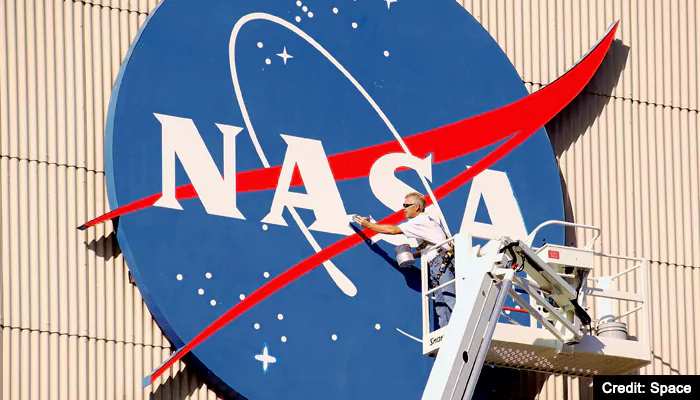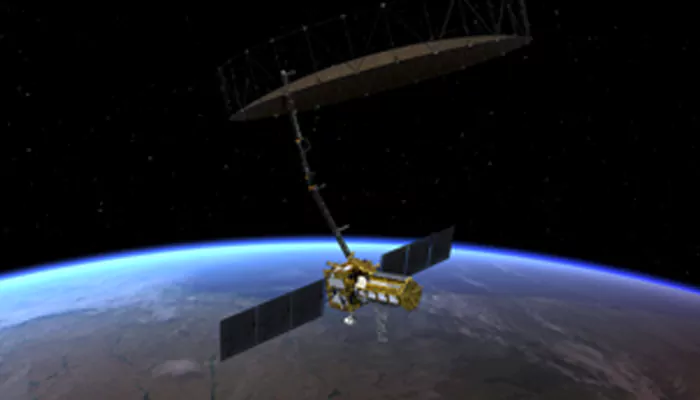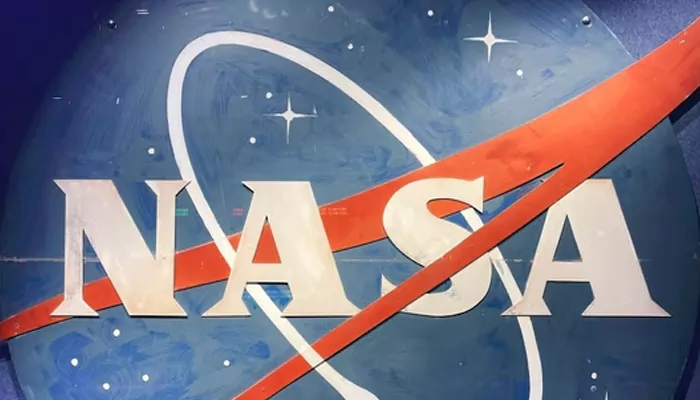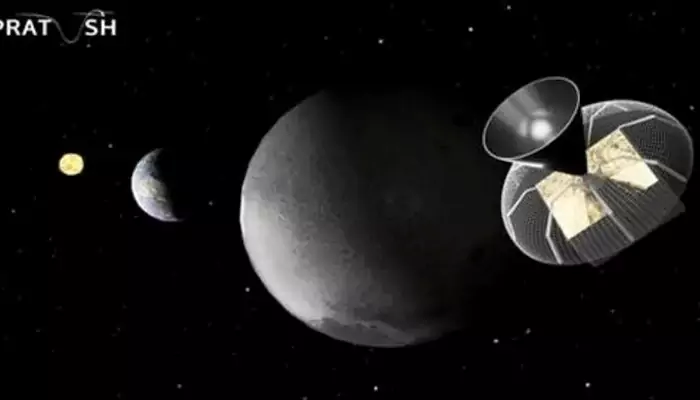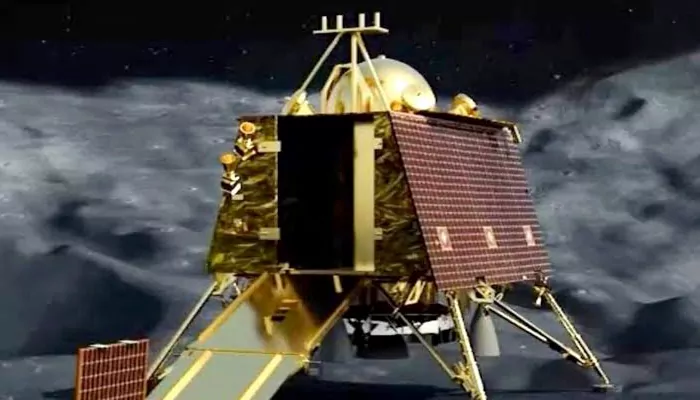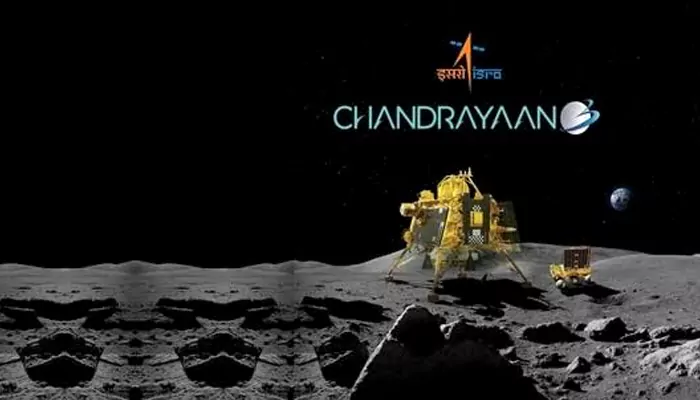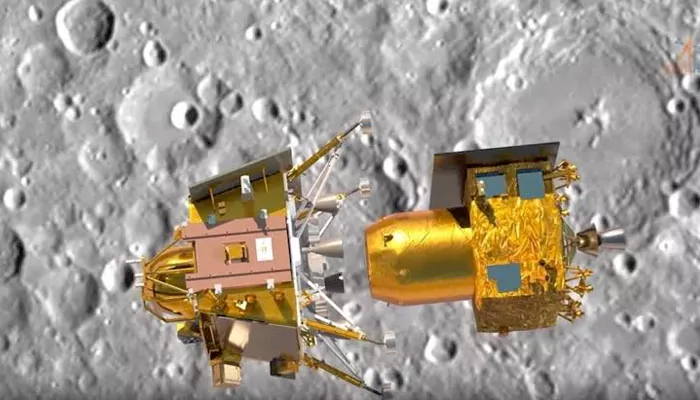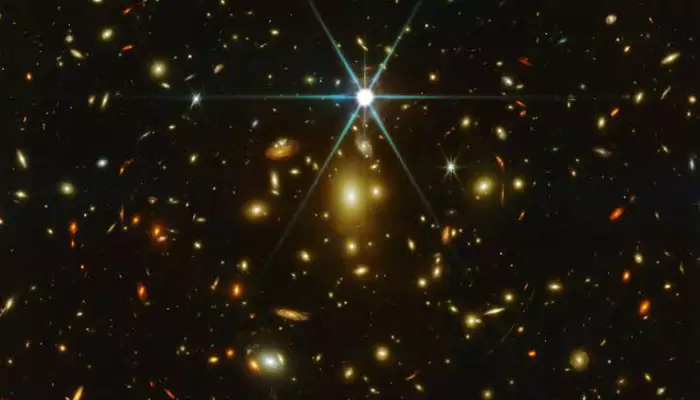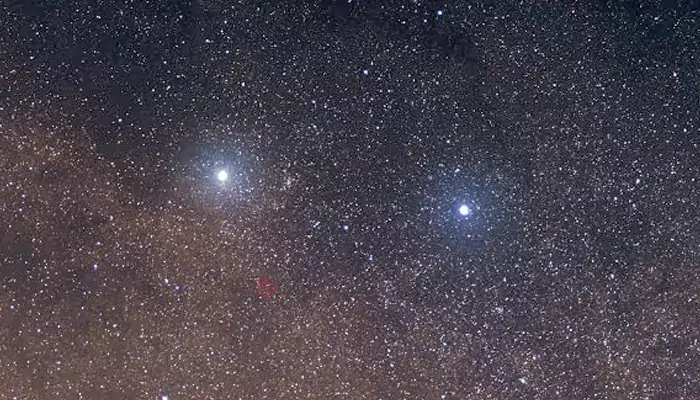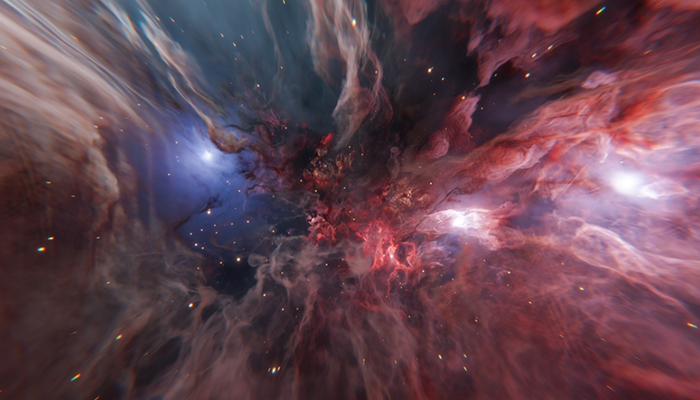Interstellar Crash Scene Investigation: Hera Mission Launched to Protect Earth from Space Threats
- Soham Halder
- 1 year ago
- 4 minutes read

Humanity moves one step ahead in planetary defense with recently launched Hera Mission.
Along with alien invasion, one of the biggest astronomical threats for humanity is probably asteroid crashing into Earth just like it did millions of years ago to completely eradicate dinosaurs. The asteroids are massive, rocky bodies orbiting the Sun with varying size ranging from a few to hundreds of metres in diameter. When an asteroid comes inside the atmosphere of earth and survives landing on surface, they are called meteorite. Although the space travel are rising rapidly, but space defense is an area where scientists are yet to figure out a concrete strategy.
ESA's #HeraMission will rendezvous with a binary asteroid system. Binary systems account for ~15% of known asteroids, but their origins remain mysterious. Studying the 780-metre Didymos together with its 151-metre moonlet, Dimorphos should help us better understand how they form. pic.twitter.com/a5xXPlHAui
— ESA's Hera mission (@ESA_Hera) October 7, 2024
Credit - X/@ESA_Hera
In Sept. 2024, the ‘God of Chaos’ created a lot of noise across the globe followed by a small asteroid entering into Earth atmosphere triggering mesmerizing green 'fireball' above the Philippines. Nearly 66 million years ago, dinosaurs, the largest known land animals, which lasted over 165 million years faced extinction due to an asteroid impact. In an attempt to enhance planetary defense, scientists at European Space Agency (ESA) launched Hera Mission. Let's understand the key objectives, expected outcomes and other key details about the mission.
Guardians of the Galaxy:
ESA's Hera spacecraft will reach binary asteroid system named Didymos, which came into limelight two years ago following NASA’s DART (Double Asteroid Redirect Mission). Meanwhile, NASA spacecraft was smacked into Didymos' smaller companion named Dimorphos, which altered the orbit of Dimorphos. This unique approach revealed one defense strategy against small asteroids by deviating them. Hera is a follow up mission to check the aftermath of the crash and future prospects.
Lift-off is just the start for the #HeraMission! After launch today, Hera will head towards Mars for a flyby in March 2025 that should offer a rare and exciting look at Mars's moon Deimos. pic.twitter.com/DCqohp6WZc
— ESA's Hera mission (@ESA_Hera) October 7, 2024
Credit - X/@ESA_Hera
Crash Scene Investigation:
The DART mission has reportedly reduced the orbit of Dimorphos by about 33 minutes. It is also predicted that the shape of the little moon has also changed post collision. Hera spacecraft will analyze the size and depth of the crater that DART scratched out on Dimorphos to confirm the impact and structural change. The two cubesats will then investigate the structure of Dimorphos, its surface minerals and gravity to ultimately design a proper asteroid defense strategy.
About Spacecraft & Journey:
Develped with a budget of $398 million, Hera spacecraft is accompanied by two smaller cubesats named Milani and Juventas, scheduled to reach Dimorphos in late 2026. During the journey, Hera will swing by the red planet in 2025 to achieve the required gravity assist.
Hera will deploy two shoebox-sized CubeSats to aid its investigation. Milani, named after the late planetary defence pioneer Andrea Milani, will analyse Dimorphos’s surface to determine what it is made from and to look for any differences between Dimorphos and Didymos. pic.twitter.com/yG17HFsSH8
— ESA's Hera mission (@ESA_Hera) October 7, 2024
Credit - X/@ESA_Hera
Hera Launch:
ESA’s unique asteroid mission was launched on Oct. 7 at 10:52 a.m. EDT (1452 GMT). SpaceX Falcon 9 rocket was used as a launch vehicle from Cape Canaveral Space Force Station in coastal Florida.
More Research on Asteroids:
The research on asteroid has been growing continuously over the years. Just a week back, researchers at Sandia National Laboratories in Albuquerque found out that radiation emitted from any nuclear explosion can possibly vaporize the surface of an approaching asteroid to ultimately change its trajectory.
What is ESA's #HeraMission? We currently know of more than 35 000 asteroids that come close enough to Earth for us to keep an eye on. Hera is part of the international effort to answer the question: could we do anything if we spotted one on a collision course? pic.twitter.com/MwgQmv7bZK
— ESA's Hera mission (@ESA_Hera) October 7, 2024
Credit - X/@ESA_Hera
In another research, scientists hypothesized that asteroids might be used as a food source for astronauts during long-duration space missions by converting the space rock minerals into nutritious biomass.
“Planetary defense is an inherently international endeavour. Hera is a bold step in scaling up ESA’s engagement in planetary defence," said ESA Director General Josef Aschbacher in a statement after the spacecraft launch.

